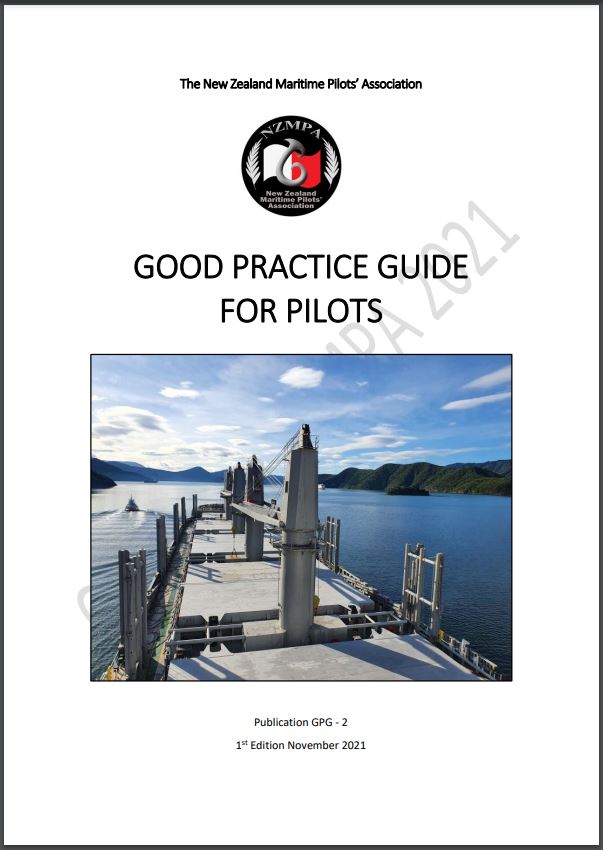A big thank you to the NZMPA for publishing!
The Good Practice Guide for Pilots 2021 describes the knowledge and skills (technical and non-technical) that the NZMPA believe all pilots should aim to achieve and maintain. It is written primarily for pilots for their own guidance and professional development, but can be used as a framework for pilot training, proficiency and assessment. It is referenced to NZ Maritime Law and Codes.

click for a download

click for a download